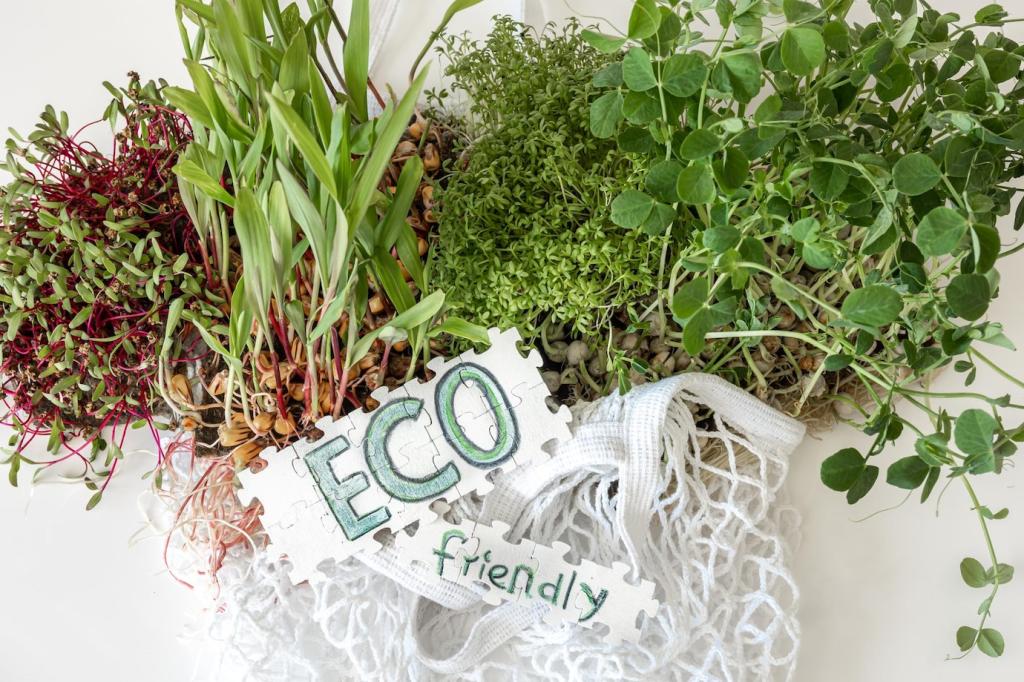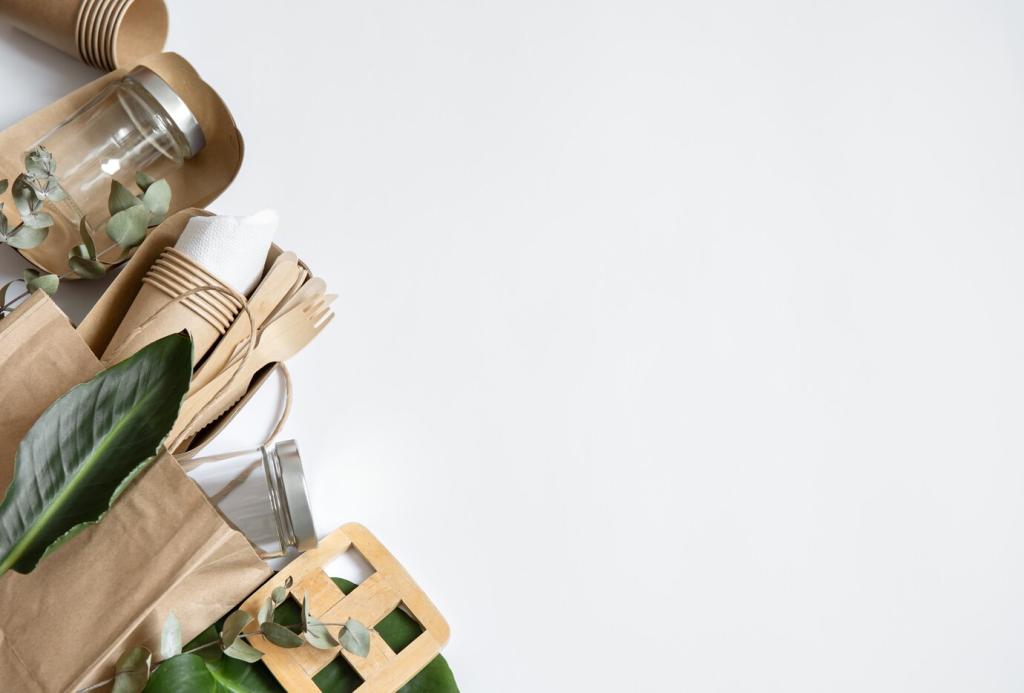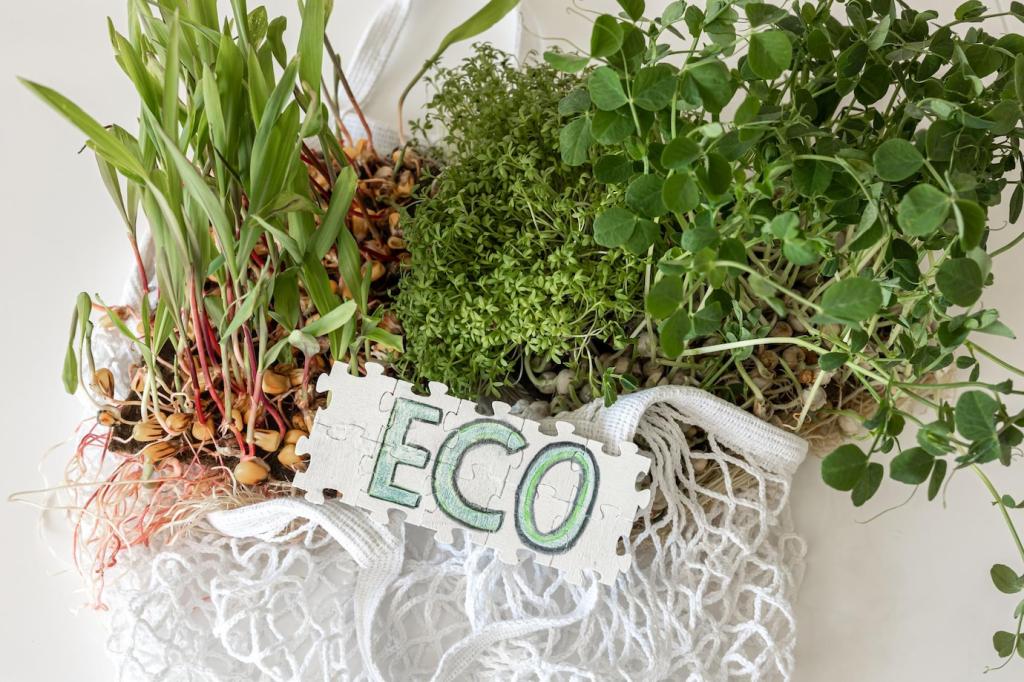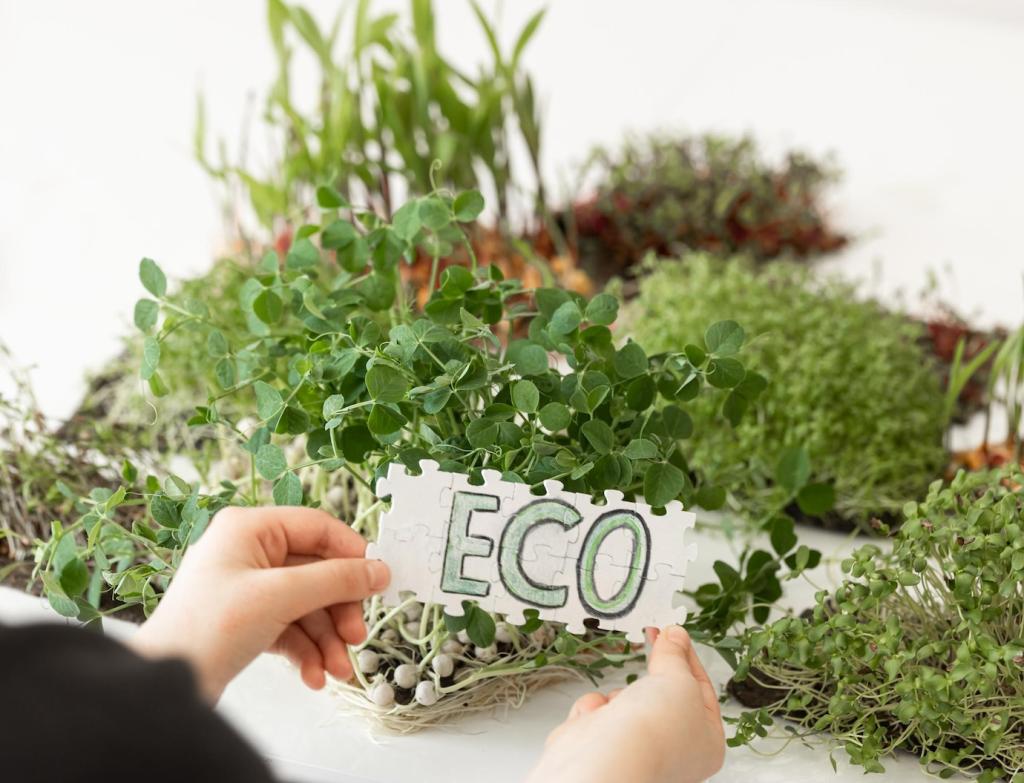
Natural Fiber Options for Sustainable Furniture
Chosen theme: Natural Fiber Options for Sustainable Furniture. Explore how timeless plant and animal fibers can shape durable, beautiful pieces that honor the planet—and invite you to live more intentionally. Subscribe for more deep dives, maker stories, and practical selection guides.

Renewability and Regrowth
Bamboo matures in three to five years, hemp grows from seed to stalk in about four months, and responsibly harvested rattan regenerates without clear-cutting forests. These rapid cycles let furniture makers source strong materials that continually replenish, locking carbon into long-lasting pieces you’ll keep and repair.

Lower Inputs, Healthier Homes
Compared to petroleum-based foams and many synthetic textiles, natural fibers typically require less energy to process and can avoid heavy chemical loads. Opting for wool, flax, or jute helps reduce indoor VOCs, while plant oils and waterborne finishes support cleaner air where you read, rest, and gather with friends.

End-of-Life Without the Guilt
When furniture is designed for disassembly and made from natural fibers, components can be repaired, composted, or recycled instead of landfilled. Seats can be re-woven, covers replaced, and fibers returned to the soil. Share how you’ve extended a favorite piece’s life—we’d love to feature your repair wins.
Hemp and Flax for Strength
Hemp and flax (linen) bring tensile strength and stability to frames, webbing, and bio-composite panels bound with plant-based resins. They resist sagging, hold fasteners well, and keep weight low. Curious about DIY webbing upgrades for a vintage chair? Comment below and we’ll send our step-by-step checklist.
Rattan and Bamboo for Sculptural Frames
Rattan and bamboo bend gracefully into airy, resilient forms that feel both modern and timeless. Skilled makers steam, shape, and lash canes with minimal waste, creating frames that flex comfortably under load. If you love curvy silhouettes and light footprints, these fibers are your invitation to playfully organic design.
Jute, Sisal, and Seagrass for Woven Surfaces
Jute offers a warm hand and subtle sheen, sisal brings firm abrasion resistance, and seagrass tolerates occasional humidity. Together, they form breathable seats, backs, and panels that age beautifully. Tell us which weave pattern you prefer—herringbone, diamond, or basket—and we’ll share care tips tailored to your choice.



Performance, Care, and Maintenance for Decades of Use
Look for Martindale or Wyzenbeek abrasion ratings on upholstery, tensile and tear strength for webbing, and moisture resistance for woven panels. Well-designed natural fiber pieces can rival synthetic options when stress-tested properly. Want a plain-English decoding of labels? Subscribe and get our one-page standards cheat sheet.


Stories from Workshops and Homes
In a Kerala workshop, I watched coir cords twisted with rhythmic precision, the maker recalling how his father taught knots between fishing trips. Those cords now brace a reading chair in my studio, supportive yet springy. Want more maker visits? Subscribe for behind-the-scenes notes and photos from the road.
Stories from Workshops and Homes
My neighbor nearly discarded her grandmother’s rattan chair—until we re-caned the seat one rainy Saturday. The new weave breathed life into old curves, and a wool cushion finished the revival. Share your heirloom projects, and we’ll spotlight your before-and-after in an upcoming community feature.

